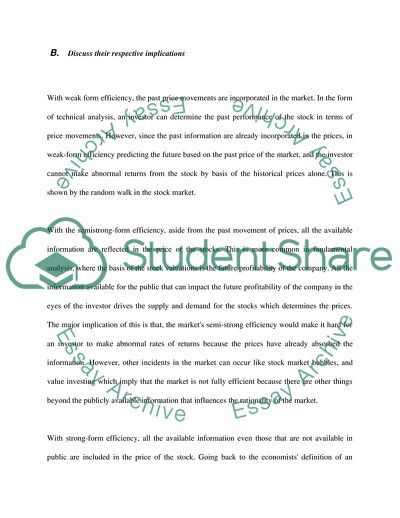Cite this document
(Different Levels of Market Efficiency Assignment, n.d.)
Different Levels of Market Efficiency Assignment. https://studentshare.org/marketing/1725886-current-issues-in-financial-management
Different Levels of Market Efficiency Assignment. https://studentshare.org/marketing/1725886-current-issues-in-financial-management
(Different Levels of Market Efficiency Assignment)
Different Levels of Market Efficiency Assignment. https://studentshare.org/marketing/1725886-current-issues-in-financial-management.
Different Levels of Market Efficiency Assignment. https://studentshare.org/marketing/1725886-current-issues-in-financial-management.
“Different Levels of Market Efficiency Assignment”. https://studentshare.org/marketing/1725886-current-issues-in-financial-management.


